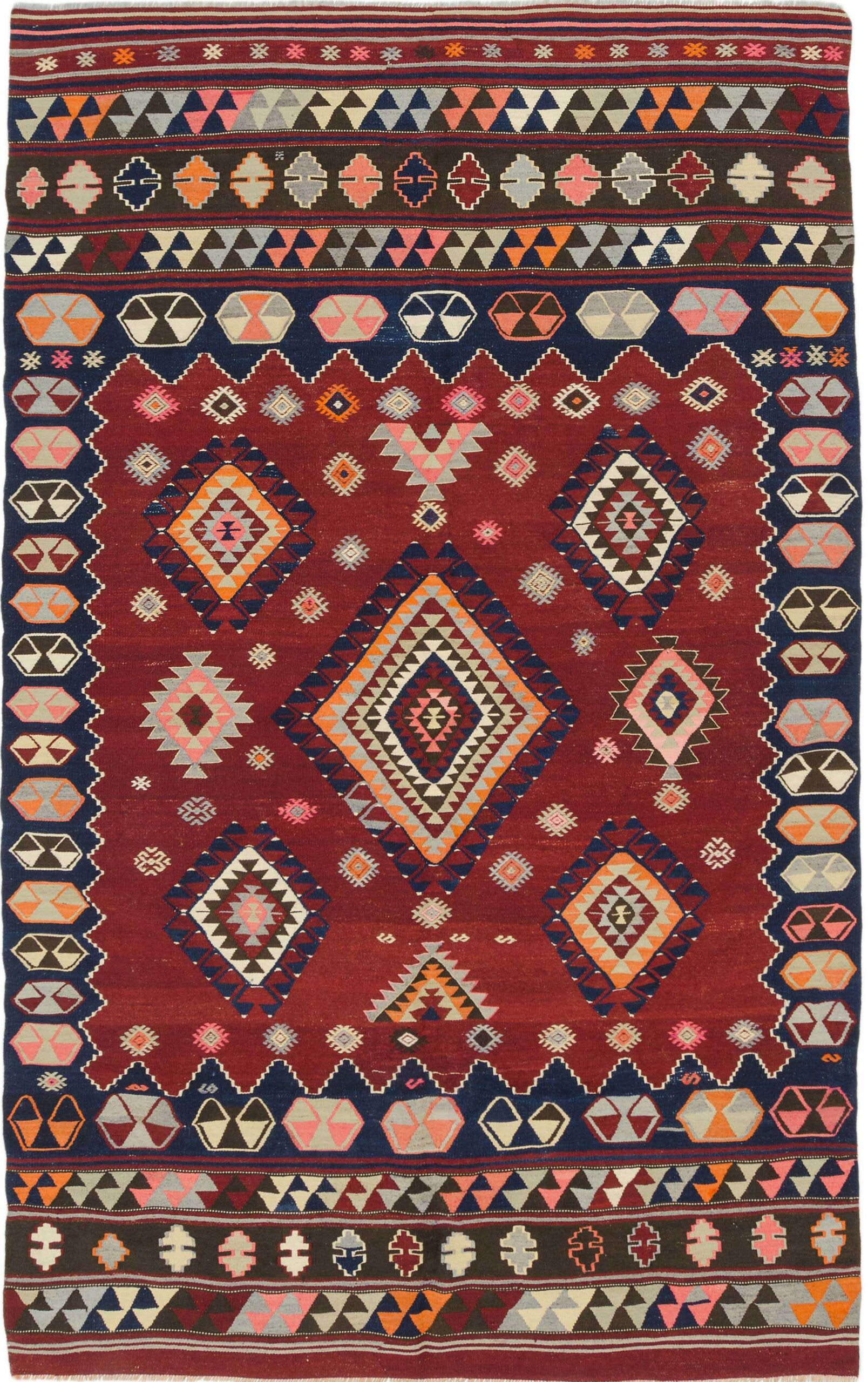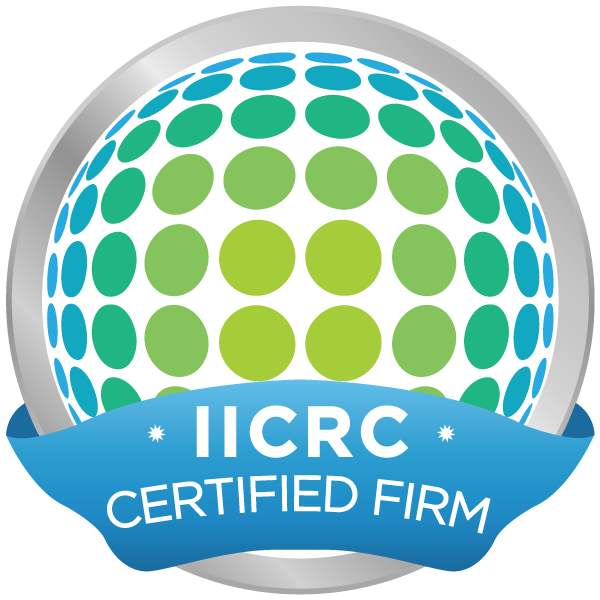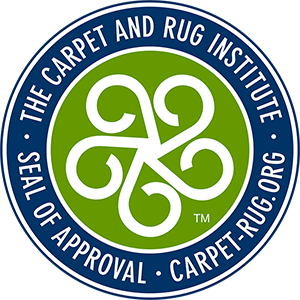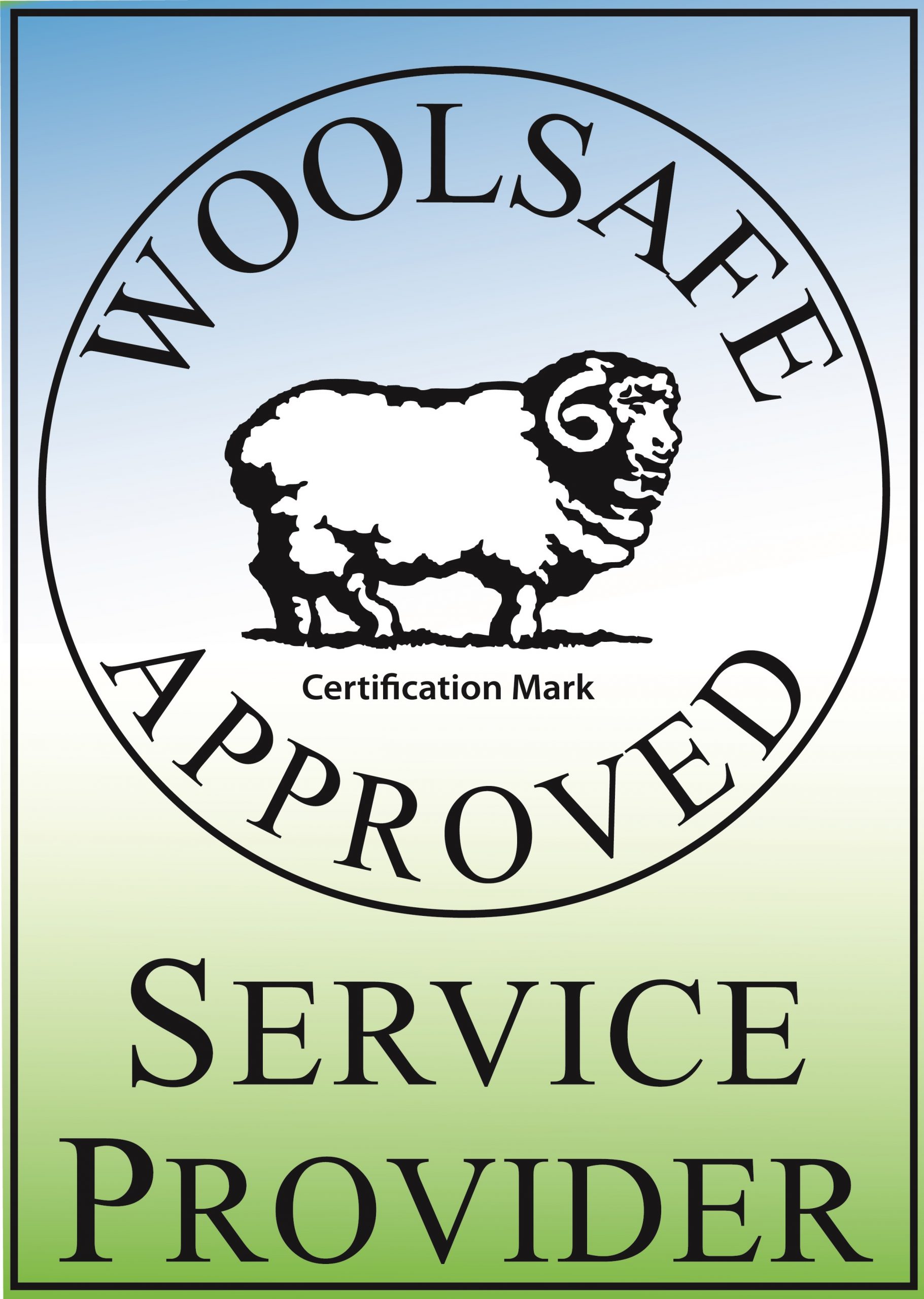
Discover The World of Kilim Rugs
Kilim rugs are a captivating aspect of traditional textile art, revered for their intricate patterns, vibrant colors, and unique weaving techniques. These rugs have been woven by hand for centuries, reflecting the rich cultural heritage of the regions where they are made. In this blog post, we will delve into the world of Kilim rugs and discover how they are woven their origin, and the significance behind their distinctive design elements.
What is a Kilim Rug?
Kilim rugs are flat-woven textiles originating from the Middle East, Central Asia, and North Africa. They are characterized by their intricate geometric patterns, bold colors, and distinctive weaving technique. Kilim rugs have been used traditionally as floor coverings, wall hangings, and even saddlebags, showcasing the versatility of these beautiful textiles.
The Unique Weaving Process of Kilim Rugs
The weaving process for Kilim rugs is called “slit weaving,” which distinguishes them from other handwoven rugs like pile rugs. In slit-weaving, the weft threads (horizontal threads) are tightly interwoven with the warp threads (vertical threads), creating a flat and durable surface. The technique results in a slit or gap wherever two colors meet, giving Kilim rugs their characteristic sharp-edged patterns and motifs.
Key Features of Kilim Rug Weaving
Hand-Spun Wool and Natural Dyes: Kilim rugs are traditionally made from hand-spun wool dyed using natural plant and mineral-based dyes. These dyes provide the rugs with vivid and long-lasting colors.
Symmetry and Repeating Patterns: Kilim rug designs often feature symmetric patterns mirrored along a central axis. These patterns can be geometric or abstract, representing a variety of cultural symbols and motifs.
Fringes and Tassels: Many Kilim rugs have decorative fringes or tassels on their edges, adding to their unique appearance and charm.
The Cultural Significance of Kilim Rugs
Kilim rugs are more than just beautiful pieces of textile art; they hold deep cultural significance within the communities where they are crafted. Each design element in a Kilim rug carries symbolic meaning, often representing aspects of tribal history, spiritual beliefs, or family lineage. The process of weaving a Kilim rug is a labor-intensive and time-honored tradition passed down through generations of skilled artisans.
Kilim Rug Care and Maintenance
To ensure the longevity and beauty of your Kilim rug, follow these simple care tips:
Vacuum regularly: Gently vacuum your rug to remove dust and debris. Avoid using the beater bar, as it can damage the fibers.
Rotate periodically: Rotate your rug every few months to ensure even wear and prevent fading from sunlight.
Spot clean: Attend to spills immediately using a clean, damp cloth. Blot, do not rub, to avoid damaging the fibers.
Professional cleaning: Have your Kilim rug professionally cleaned every few years by Oriental Rug Salon to maintain their beauty and durability.
Professional Rug Cleaning – Oriental Rug Salon
This blog post was written by Oriental Rug Salons Rug Master. Oriental Rug Salon is a full service Oriental and Persian area rug cleaning, restoration, and appraisal company serving clients throughout the United States. We are a Certified Partner with the prestigious Institute of Inspection, Cleaning and Restoration Certification (IICRC), the International Carpet & Rug Institute (CRI), and a WoolSafe Certified Service Provider. Our cleaning efforts are performed by hand using natural fiber-safe cleaning solutions and following old-world traditions.
For more information about Oriental Rug Salon and the services we offer, please visit us online at https://orientalrugsalon.com/ or call us any time at 239-424-8171. You can also visit us on Facebook at https://www.facebook.com/OrientalRugSalon/
Kilim rugs are truly remarkable pieces of textile art, showcasing centuries of tradition, skill, and cultural heritage. Their unique weaving process and intricate patterns make them a sought-after addition to any interior space.



